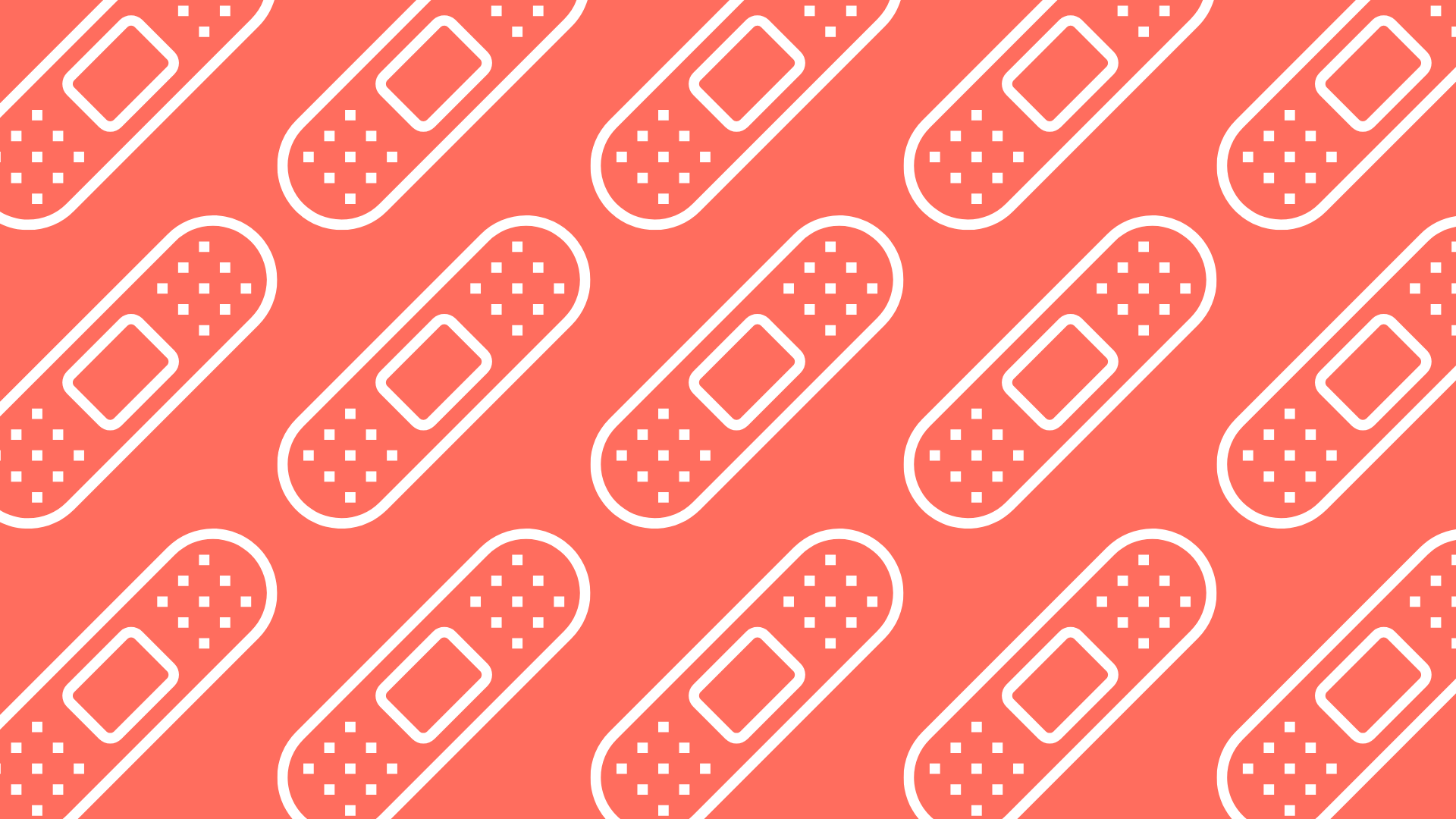
Anxiety is everywhere. Mental health diagnosis is a thorny subject – and one we’ve got more than a few beefs with – but it’s telling that almost a third of 16-29-year-olds in the UK suffer with it in some form, and anxiety disorders are our most commonly diagnosed mental health issue.
Partly that’s because anxiety is completely normal. In fact, it’s essential. Back when we were wandering around the Rift Valley, anxiety meant survival, an early-warning system that there might be something toothy lurking in the bushes. Unfortunately, that fight-or-flight response still kicks in – and can kick in hard – when it’s just something deadline-y lurking in your inbox.
Anxiety is a long scale. At one end, there’s uneasiness. At the other, full-body terror. In between you’ll find fear, social anxiety, agitation, dread and panic. These can be helpful. They can keep us motivated. But they can also be paralysing. Especially when we’re going off gut feelings, steering blind.
Getting your anxiety in check is about leaning into those feelings. If you fight them, they’ll only grow. Take a deep breath and accept them for what they are. It’s time to make anxiety our friend.
How to fight future anxiety
Sometimes anxiety creeps up on us. Often, we can see it right down the road. Awkward family dinner? Work presentation? Tough relationship chat? They all loom up, future sources of anxiety that also cause anxiety in the here and now.
Know what doesn’t work? Ignoring them. It’s tempting, but your brain’s no slouch. It’s spotted a threat out there, even if you won’t confront it. So it simmers away, on an anxious boil. But future you deserves protection too. Which means making plans in the here and now.
Anxiety is an overestimation of danger and an underestimation of our ability to cope. So start by confronting your concerns. What are you actually worried about? And what can you actually do about it? Anxieties are scary stacked up, but when you break them down, you often realise they’re not so tough. But you are.
Treat anxiety the write way
Anxiety is all in your head. Sometimes the best way to beat it is to put it somewhere else. Writing down what worries us makes it more tangible. That can often help us realise that things we thought were insurmountable actually aren’t. Try these prompts:
- What is out of my control?
- Have I coped with anything similar before?
- Do I have support to cope and manage?
- What’s the worst that could happen if I really have no control in this situation?
- Within this situation, what can I control for myself?
Anxiety, meet CBT
Anxiety is often irrational, so one counter is to shift focus to the rational part of your mind. By dissecting what causes anxiety – and how it manifests – you can learn to keep it at bay.
Although cognitive behavioural therapy (CBT) isn’t the only way to treat panic and anxiety, there are useful elements within it that all therapists use within their practice. Try this CBT exercise for thinking back on anxious moments, or even better, try it when anxiety creeps up.
- Think back to a recent situation in which you felt anxious. Write down what your negative thoughts were before, during, and after the situation.
- Ask yourself questions to challenge your negative thoughts. For example, if your negative automatic thought was “People are yawning, they must think that I am boring,” ask yourself “Could there be a different explanation?” In this case, your alternative thought could be: “It probably had nothing to do with me; they were just tired.”
- Try to notice the automatic negative thoughts that you have before during, and after feared situations, and challenge them by asking things like:
- “What facts support this thought?”
- “What existing evidence contradicts it?”
- “Will this matter one day from now? What about in one week, or a month? How?”
- “Can I genuinely control this?”
How therapy can help with anxiety
Anxiety might seem inexplicable, but it comes from somewhere. Sometimes we know and recognise the sources of our anxiety; often we just know how we feel, not why we feel that way. We could be experts in battling the symptoms and fighting them on and off for years on end but without addressing the root of why they keep coming up? Well, they’ll keep coming up.
Talking helps. Talking with a kind, warm and qualified therapist will be even better. Speaking to a therapist will help you look back in order to live forward, they’ll arm you with ways to cope with it, counter it and lean into it. Anxiety is a natural part of being human and that means it can be controlled. But it’s easier when you’ve got someone showing you how.
A practical guide to panic attacks
Panic attacks suck. They’re anxiety gone rogue, your body kicking into get-away-from-that-tiger mode, even though you’re in the tiger-free enclaves of your office bathroom. They’re sudden, they’re disabling and they’re horrible. But they’re also safe. No one has ever died from a panic attack, even if it doesn’t feel that way at the time.
The symptoms that come along with a panic attack are as baffling as they are debilitating but it’s helpful to look into the why. Why do I get dry mouth and tunnel vision? Knowing why our body is trying to protect us can take some of the fear out of the experience.
Tunnel vision: Dilated pupils and a hyper-focused brain are great for spotting danger across the plain. Less so when you’re freaking out about an out-of-hours phone call from your boss.
Tricky breathing: Fight and flight are oxygen intense, so your body starts panic-gasping. Try to reset it by inhaling through your nose for three seconds, holding for five, then forcing air out through pursed lips for seven.
Numb extremities: Your brain diverts blood to your run-away muscles, so fingers and toes get tingly. Try gently rubbing them to encourage circulation.
Toilet trouble: Lighter equals faster, thinks your lizard brain. This symptom can feel the most debilitating because it comes with added embarrassment, but guess what? Everyone poops. Talk about it with friends, reduce the shame for others and let it happen.
Dry mouth: Just as your body wants everything out, it wants nothing back in. Nibbling on a tangerine or pressing your tongue down in your mouth can help stimulate saliva and tell your brain you’re all good.
Nausea: All that’s enough to make anyone feel queasy. Short-circuit your hyper-sensitive senses with a little pouch of lavender, some chamomile and peppermint tea, or some ginger sweets. Stow all three in your anxiety go-bag.




